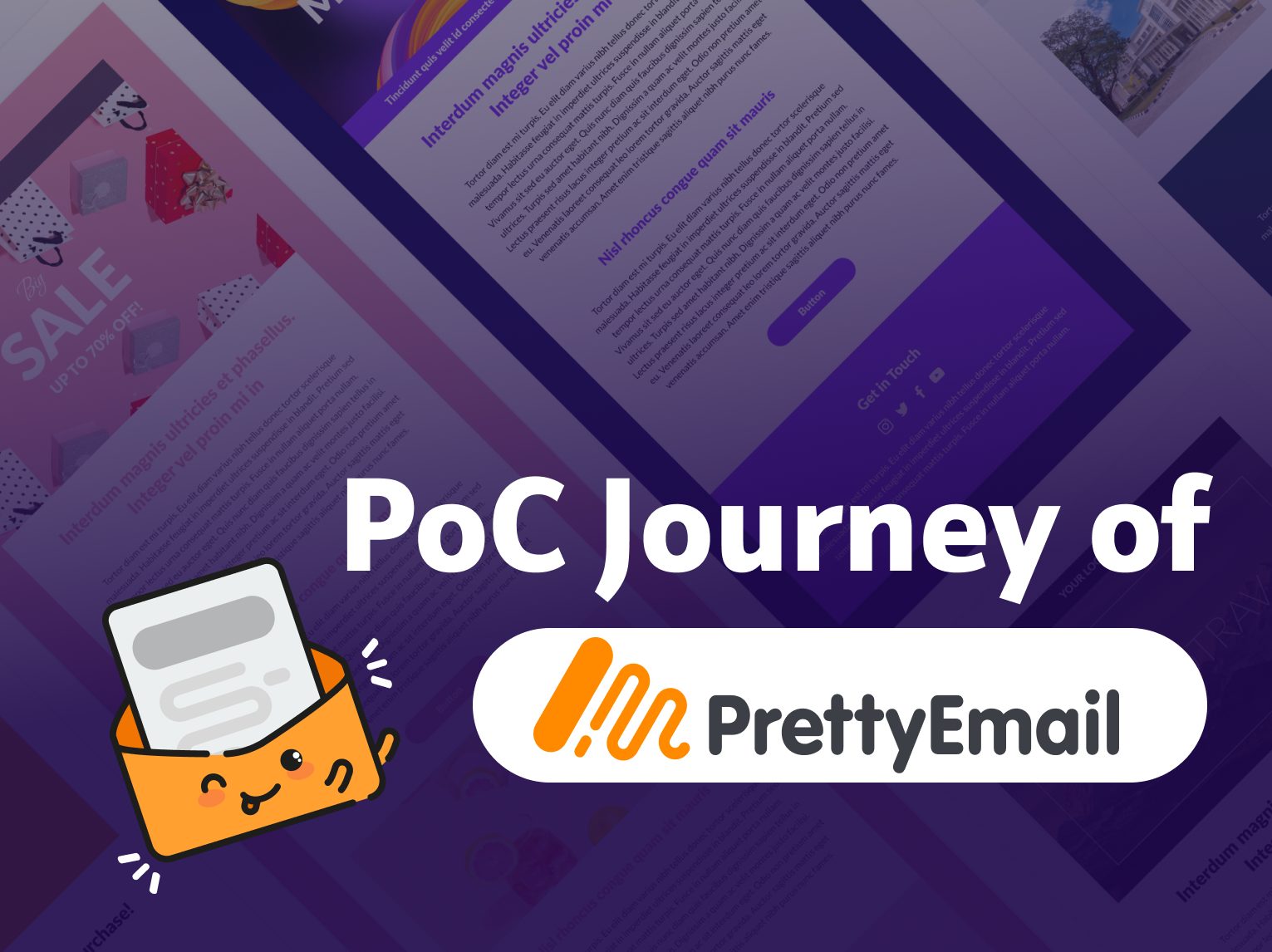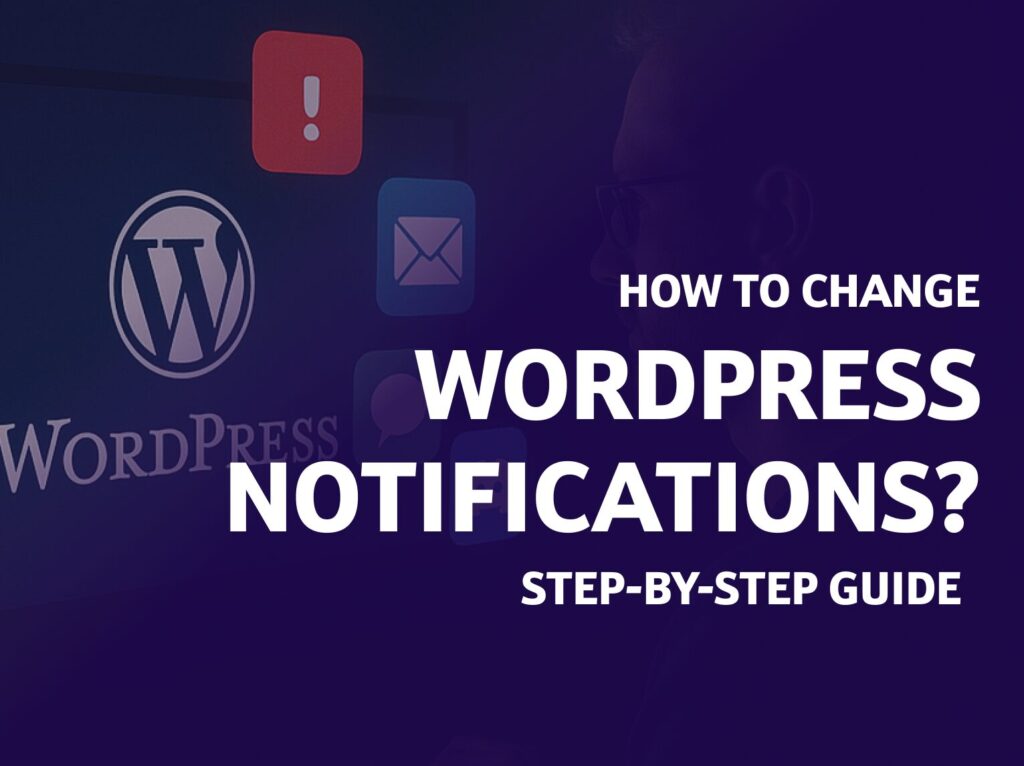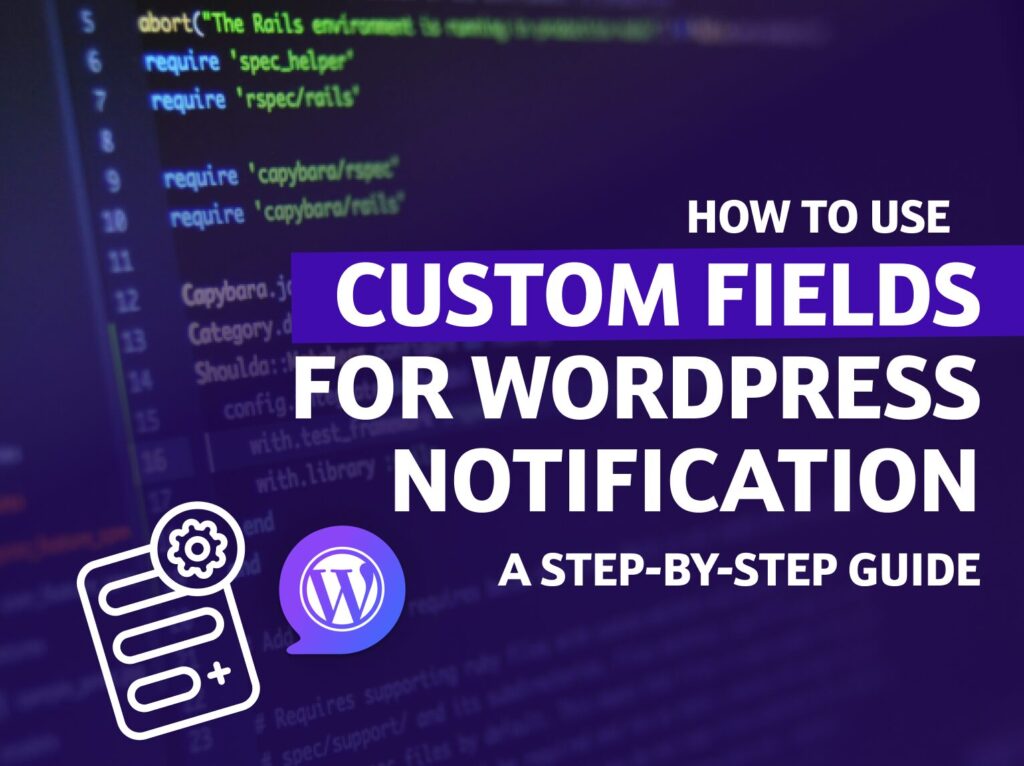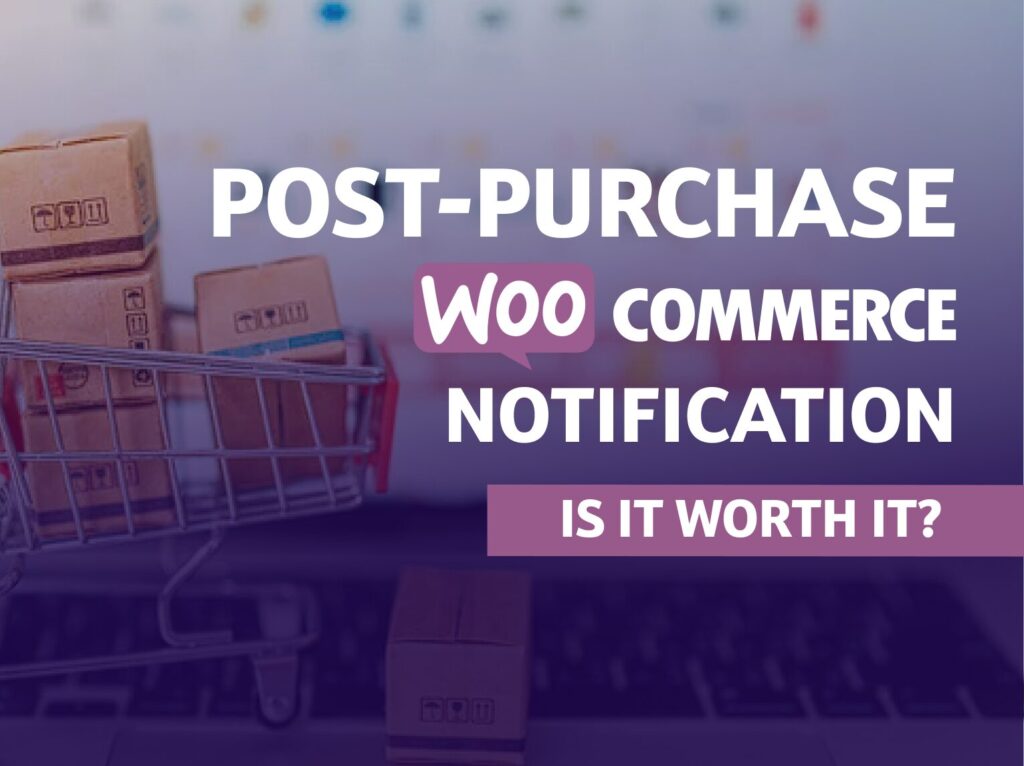Following the success of the Notification plugin, we knew that personalization was the direction we would pursue.
Thanks to feedback, we were easily able to identify the needs of the WordPress community, whose main issue is ugly, generic emails. For this reason, they often switch to mailing platforms.
Yet, this could be done natively on WordPress, which is what the Pretty Email plugin is all about. A new product from BracketSpace that bids farewell to generic, default
WordPress emails.
Today, we reveal a glimpse of the secret and talk about the process of creating the plugin from the perspective of our tech leader, Wojtek Szałkiewicz.
There’s an idea, let’s check its utility!
The development of a new software tool typically involves complex processes and decision-making, and the journey of the Pretty Email plugin is a testament to this complexity.
And an additional feat is that we are really a small team.
This article analyzes the Proof of Concept (PoC) process, the choice of framework, and the design of user experiences that shaped the Pretty Email plugin, detailing the challenges and strategic decisions encountered along the way.
Agile Approach
The Proof of Concept for the Pretty Email plugin was not a structured process of many stages, but an agile exploration aimed at rapid iteration and validation of the initial idea. This approach allowed us to quickly and effectively adapt, ensuring that the key functionality and viability of the concept were maintained without being overly constrained by traditional development phases. Because constraining such a creative project is the wrong direction. We needed maximum flexibility in our solution.
Why MJML?
Choosing MJML as the framework for the Pretty Email plugin was a key decision. We decided MJML because of its ability to easily generate responsive HTML for emails, significantly simplifying the email design process. This decision was dictated by the need for a framework that not only supports high-quality design outcomes but also seamlessly integrates with the overall functionality of the plugin.
Designing for Ease and Efficiency
From a user perspective, the Pretty Email plugin is designed to offer a simple and efficient email composition process. The plugin allows users to create emails using the Gutenberg editor, providing a familiar and user-friendly interface.
This integration is crucial as it enables users to create visually attractive and functionally solid emails without having to delve into the complexities of coding emails.
This functionality makes it particularly appealing to users looking for a powerful, yet managed tool for their email marketing needs in WordPress.
Challenges
It wasn’t all smooth sailing. The development of the Pretty Email plugin encountered significant challenges, mainly due to the continuous need to adjust the MJML code to evolving design and functional requirements. This adaptation was a continuous process that required meticulous attention to ensure that the final product met the expected standards of quality and performance.
This led to necessary concept revisions, particularly in relation to automating design elements, which were initially anticipated as more straightforward but required a more hands-on approach in practice.
However, the real challenge was the integration of MJML with Gutenberg blocks. This is the core of the plugin, so we had to face several aspects.
The most important was technological, as MJML and Gutenberg use different technologies and standards. The PrettyEmail plugin is meant to serve as a bridge enabling the conversion of content from blocks into MJML code.
Our goal was to maintain the simplicity and intuitiveness of the Gutenberg editor, while also utilizing the advanced capabilities of MJML in designing responsive emails.
Why create a PoC?
The PoC stage proved to be essential in the development of the Pretty Email plugin. It allowed us to verify initial assumptions and assess the feasibility of the plugin before moving on to more advanced development stages.
This early validation is crucial to avoid costly mistakes and ensure that the project moves forward on a solid foundation. This way, we do not lose much time if the idea turned out to be misguided and we had to change the approach or abandon the concept altogether.
We encourage including this process when designing not only plugins but also other digital solutions.
Need support in this process?
The development of the Pretty Email plugin illustrates the importance of a flexible and responsive approach to software creation. By choosing the right framework and focusing on improving user experiences, we were sure to effectively overcome the challenges associated with creating a tool that is both powerful and user-friendly, creating a solid foundation for future improvements and broad adoption.
This is not the first plugin we have created for ourselves and our clients. So, if you need support in conducting the process, or technical or business consultation, reach out to us.



